Harvest Lane Honey Beehive Metal Queen Excluder
-
( 4 Reviews )Rated 4.75 out of 5 based on 4 customer ratings04
- SKU: 110334499
The Harvest Lane Honey Beehive Metal Queen Bee Excluder is computer welded, fully plated, and long lasting. Place the queen excluder between the honey and brood chamber to prevent queen from laying eggs in honey. This beekeeping tool will allow you to find the queen easily on hive inspections. Do not add until brood is established.
-
Producer’s Pride Sentinel Chicken Coop, 6 Chicken Capacity
Rated 4.00 out of 501Producer’s Pride Sentinel Chicken Coop, 6 Chicken Capacity
Rated 4.00 out of 501 -
Producer’s Pride Scratch Grains Poultry Feed, 50 lb.
Rated 4.88 out of 508Producer’s Pride Scratch Grains Poultry Feed, 50 lb.
Rated 4.88 out of 508 -
Tractor Supply Pine Pellet Stall Bedding, 40 lb.
Rated 5.00 out of 504Tractor Supply Pine Pellet Stall Bedding, 40 lb.
Rated 5.00 out of 504 -
Hoover’s Hatchery Live Easter Egger Chickens, 10 ct.
Rated 5.00 out of 503Hoover’s Hatchery Live Easter Egger Chickens, 10 ct.
Rated 5.00 out of 503
The Harvest Lane Honey Beehive Metal Queen Bee Excluder is computer welded, fully plated, and long lasting. Place the queen excluder between the honey and brood chamber to prevent queen from laying eggs in honey. This beekeeping tool will allow you to find the queen easily on hive inspections. Do not add until brood is established.
- Use queen excluder with a 10-frame Langstroth beehive
- Prevents the queen from laying eggs in honey
- May have sharp edges
- Queen bee excluder is crafted from steel
- Natural coloring
- 16-1/4 in. x 19-7/8 in. x 1/4 in.
Additional information
| Country of Origin | Made in USA |
|---|---|
| Number Of Frames Compatibility | 10 |
| Primary Color | Gray |
| Primary Material | Steel |
| Product Height | 0.25 in. |
| Product Length | 19.88 in. |
| Product Weight | 0.55 lb. |
| Product Width | 16.25 in. |
| Manufacturer Part Number | QEM-101 |
Average Rating
4.75
Rated 4.75 out of 5 based on 4 customer ratings
045 Star
75%
4 Star
25%
3 Star
0%
2 Star
0%
1 Star
0%
Submit your review Cancel reply

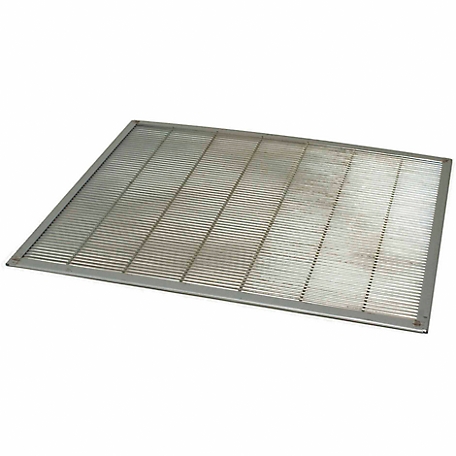
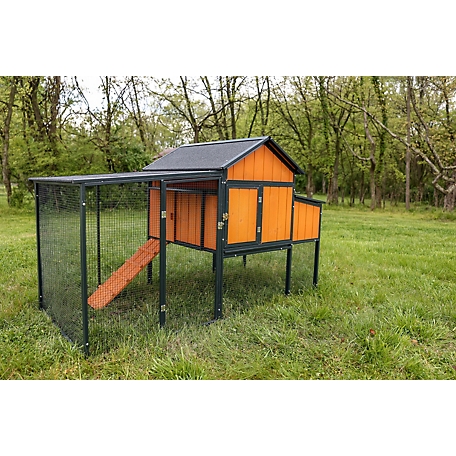

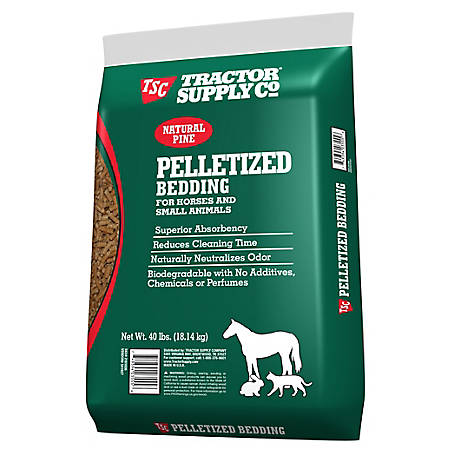
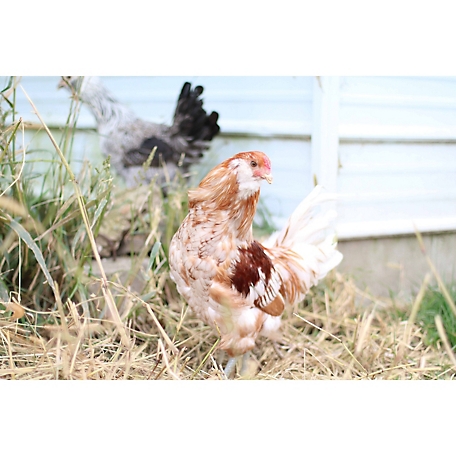
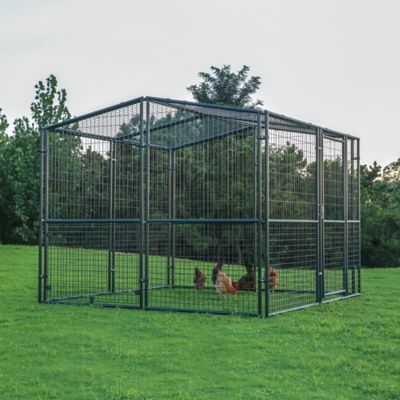

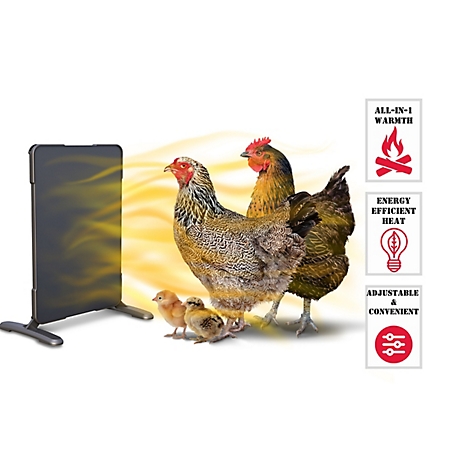
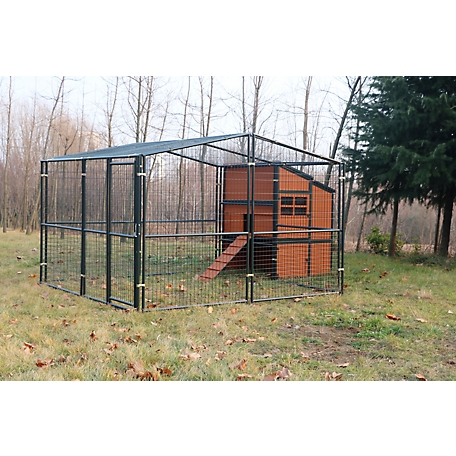
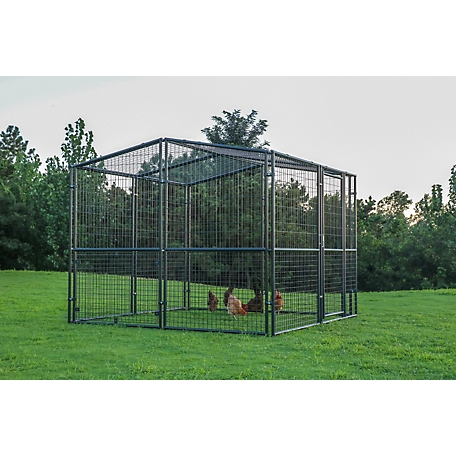
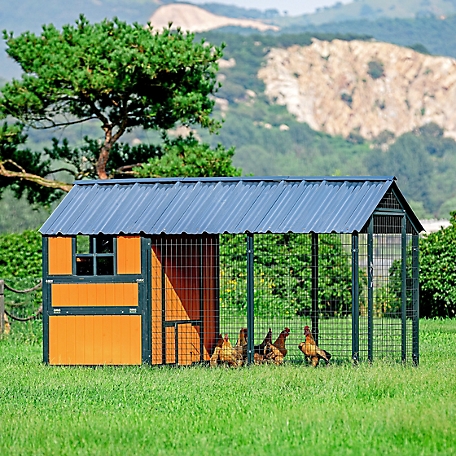
by Shea
I was very pleased with this product.
by Steven
Quality product and well made. Fits properly on 10 frame hove.
by Bees
Best way to keep queen out of the honey supers !!!!
by Ted
Solid Construction…Good price. While many sell plastic Queen Excluders, this one is Metal. Making it sturdier and more durable.